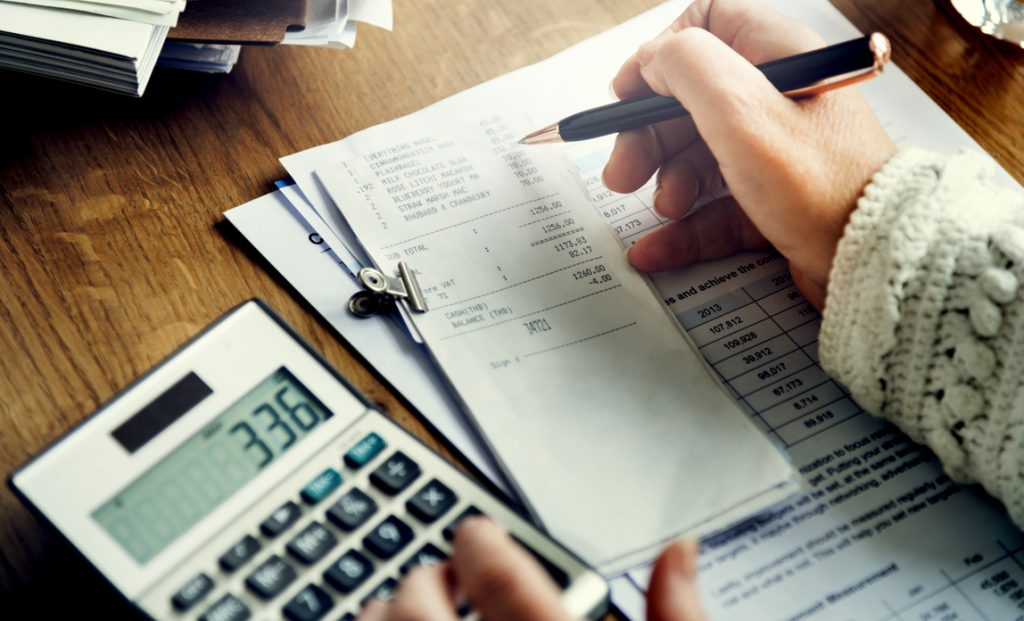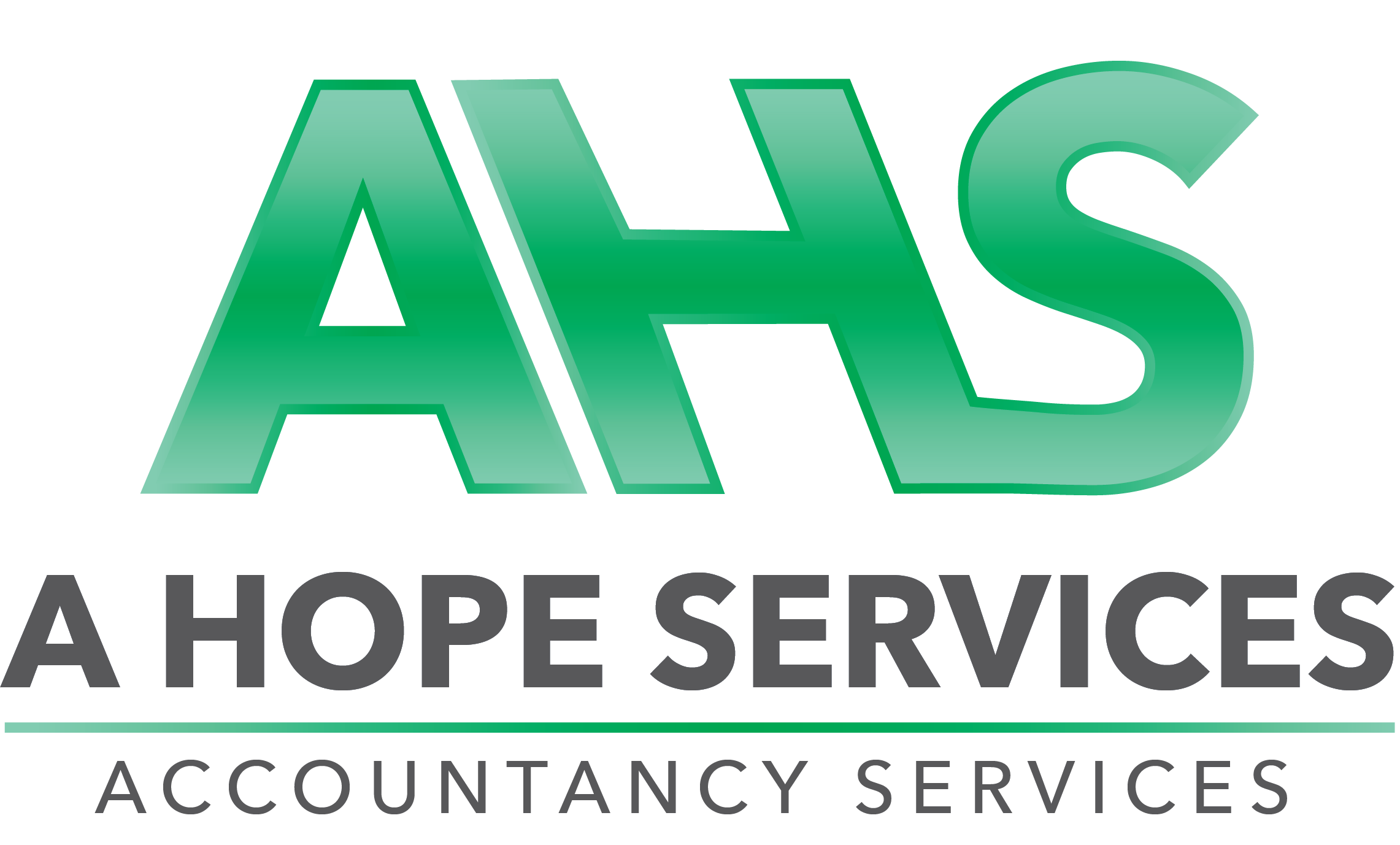
VAT (Value Added Tax) is a direct tax on goods or services. As part of operating a small business, it’s essential to understand how VAT works, so we’ve put together this short primer to get you up to pace on the basics.
VAT system in the United Kingdom
In the United Kingdom, VAT is a transactions tax. When a corporation registers for VAT, it must charge VAT on all assessable sales. It is known as production VAT. The business can also claim back some (but not all) of the VAT it pays to its suppliers, known as input VAT.
Making Tax Digital (MTD) is now available for VAT.
MTD (Making Tax Digital) will implement in 2019. It initially required some VAT-registered firms to retain digital tax documents and complete their VAT reports digitally using MTD-compatible technology. On April 1, 2022, the reach of Making Tax Digital for VAT was extended, and all VAT-registered firms are now expected to comply with these standards.
Is it necessary to register for VAT?
You must register for VAT if your annual Vatable sales exceed the VAT registration threshold by HMRC in twelve months or if you propose to reach the threshold in 30 days. That is why you must keep track of your Vatable transactions frequently!
The registering threshold is now 85,000 pounds in Vatable sales, which can change from year to year. While the Vatable income limit is the most important criteria in evaluating the appropriateness of VAT registration, HMRC’s advice on whether to register includes other considerations.
If your Vatable sales are below the threshold, you can still voluntarily register for VAT. For instance, if you are making zero-rated supplies it could be in your interest to register for VAT, as you can recover all the VAT as input tax that is attributable to the zero-rated supplies but is not required to account for output tax on those supplies (because of the zero rates).
VAT-exempt sales
VAT applies to most products and services sold in the United Kingdom. Some items, such as stamps, healthcare, and education, are VAT-free. It implies that, for instance, if you’re a house tutor who solely offers your teaching skills, you’ll never have to charge vat since your business will only ever generate exempt transactions.
Best time to register for VAT
This depends on your type of business and customers. As if your customers are not, VAT registered it means they won’t be able to reclaim the VAT paid for your supplies therefore being VAT registered means a price rise for them.
Therefore, if your consumers are members of the wider populace or small enterprises that have not yet qualified for VAT, you may want to wait until you exceed the threshold before registering.
When is it necessary to pay VAT?
VAT-registered firms must file VAT returns with HMRC to report how much VAT they must pay. In most situations, VAT returns are filed quarterly with HMRC, and both the return and the associated VAT bill must be completed and settled within 37 days of the return end date. It implies that by May 7, a VAT report and invoice for the quarter that ended March 31 must be filed and paid.
What occurs if you don’t have enough money to pay your VAT bill?
If you don’t settle your VAT payment on time, you might face tax inquiries and interest charges, so if you’re having difficulties paying your VAT bill, you should call HMRC as quickly as possible.
For company owners who are unable to pay their VAT, there are some solutions available.
Getting your VAT bill paid
If your VAT Return shows that you owe more VAT than you can declare, you’ll have to pay HMRC the balance. Debit cards, internet debit card payments, and signed contracts are just a few ways you can pay your VAT obligation.
If you owe money to HMRC, you only have a certain amount of time to settle your unpaid VAT payment. The deadline is the same as the deadline for filing your tax returns. Allow sufficient time for your contributions to reach HMRC.
Refunds on VAT returns
HMRC will repay the shortfall if your VAT Return demonstrates that you may recover more VAT than you owe.
HMRC typically approves VAT refunds within 30 days of your VAT return. If HMRC has your bank account information, the refund will send straight to you. If you don’t, a check will mail to you.
Please contact us if you would like to discuss this matter a bit more.



